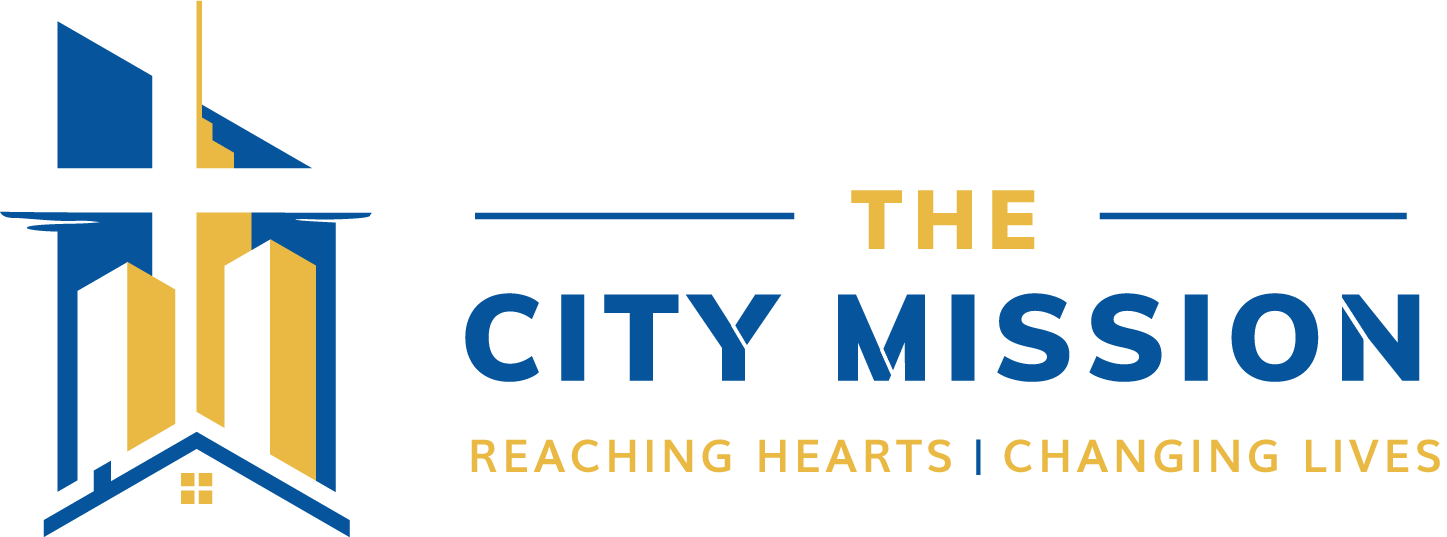High Temps + No School = a Summer Surge in Family Homelessness
A Growing Crisis
By now you have likely learned that nearly 3,000 students experienced homelessness in the Cleveland Metropolitan School District (CMSD) in the 2018-2019 academic year. That number made headlines earlier this summer as The City Mission, a local nonprofit serving men, women, and children in crisis, hosted a June event called the Stand In on Public Square. The goal was to bring the Cleveland community together to physically represent the thousands of students without a stable place to call home. While the event brought about much public awareness to this issue, The City Mission continues to see the number of calls for help rise at Laura’s Home Women’s Crisis Center.
The organization knows that this trend is not new. When school lets out and students aren’t spending 40+ hours a week in a classroom, the rising heat and extra time begins to make already crowded living spaces unbearable. Here are three reasons why The City Mission is forced to turn away more families at Laura’s Home during the summer than any other time of year.
1. No School, No Structure
Finding success at school is particularly difficult for students experiencing homelessness, but the hours spent in classrooms actually provide the structure that children in crisis are unlikely to find anywhere else in life. When school lets out for summer, homeless children will not only face higher rates of learning loss than their peers, but they’re also more likely to spend June, July and August in unhealthy environments, with fewer positive adult interactions.
Abby Uveges, Laura’s Home Assistant Manager, adds another concern.
“Summer is especially challenging because kids struggle to know where the next meal is coming from,” she said. “Not only does the lack of school support cause food insecurity, but it creates an associated mental insecurity as well.”
Nearly 100% of CMSD students receive free/reduced lunch while at school, which means families need to find a way to provide for 1-2 more meals a day per child during summer break. Without sufficient, consistent nourishment and care, children can further develop intellectual, emotional, and physical delays – delays that will set a child up to struggle in school and in life later on.
2. Financial Heat
When schools close for the summer, parents experiencing poverty and homelessness also lose a critical part of crisis recovery – childcare. The supervision schools provide may allow parents to find and work full-time jobs, but in Ohio a person making minimum wage would have to work 100 hours (2.5 full-time jobs) to pay for a simple two-bedroom apartment.
Working that many hours, especially as a single mother or father, leaves no time for the attentive parenting children need.
“It adds an extra burden onto the ability to even search for steady housing or employment when your children are with you and they are out of school,” explains Uveges.
Mothers and fathers may be forced to make the impossible choice between working enough to pay their rent or reducing their hours to parent their children. The former choice leaves children to their own devices or in a potentially unstable environment. The latter option is likely to leave a family facing homelessness.
Summer brings about the highest eviction rates of the year. By mid-year, low-income families have often stretched their income-tax return as far as it can go and can no longer afford rent. Landlords who showed grace in freezing temperatures now have fewer reservations about evicting tenants in warmer weather. In fact, Cleveland averages over 12 evictions per day. That means that every week 84 households, many of them including children, are scrambling to find a place to spend the night.
3. Drained Relationships
While running out of money is a major cause of homelessness, another stands out as the final straw – running out of relationships. Many people have relatives or friends who are willing to provide childcare or shelter for a time. But when children and youth are spending increased hours at home during summer break, caretakers can run out of patience.
Rooms become stuffier (especially without air conditioning), compassion wanes, and parents can use up their second chances and housing options. With the extreme heat and humidity the country has experienced this summer, the alternative of living in a car or an abandoned building is life threatening, or at the minimum poses personal health and safety risks.
Shelters Unable to Shelter
Laura’s Home regularly hears from moms and single women who have exhausted their options and have nowhere else to turn. In fact, right now their front desk receives 80+ calls a day from families and individuals seeking safe shelter.
Laura’s Home is the only crisis facility in the city that offers wraparound services for eight to twelve-plus months, with over 160 beds located within private rooms. Despite being a large facility, Laura’s Home has been full to capacity for the past seven years. Uveges shares that saying, “sorry, please call back tomorrow,” to those seeking refuge in the summer is a heartbreaking job for her staff.
Take a look at these stats from calls Laura’s Home received during June, July and August of 2018:
Laura’s Home Help Requests – Unable to Shelter
| Month (2018) | Requests Made, But Unable to Shelter |
| June | 1,737 |
| July | 2,294 |
| August | 2,620 |
| Total | 6,651 |
This year has been no different, with Laura’s Home reporting 1,700 calls for shelter in June. The numbers show a drastic increase in the need throughout the course of the summer, but the ability to assist families experiencing homelessness remains the same. Cuyahoga County and other nonprofits also host women and children, but these spaces are also at capacity. Many parents and kids will end up sleeping on mats in rec centers turned overflow shelters; and from their view on the gym floor, it’s hard to find hope.
A Long-Term Solution Starts Today
These numbers from Laura’s Home reveal that thousands of our neighbors are going through the traumatizing experience of homelessness and instability right now. Once experienced, the cycle of homelessness and poverty is difficult to escape and can ensnare a family for generations.
The question must now be: what can we do for families in poverty who experience devastating financial and relational stress during summer break? Staff at Laura’s Home offer a few suggestions:
- Look to provide financial support to organizations, like Laura’s Home, offering extra support to school-age children, so that low-income parents are able to work through the summer. Laura’s Home is just one organization that provides this type of support so that moms can focus on furthering their education or recovering from a mental health, domestic violence, or addiction crisis.
- Consider volunteering with any organization that can be overwhelmed with extra children during the summer months. Bring your expertise, whether that be tutoring, playing games, or teaching youth other practical hands-on skills.
- Stay informed on issues of poverty and homelessness, and share this knowledge with your circle. Everyone has different resources and talents to offer, and your network can be an important part of community transformation.
The City Mission’s Stand In event may be over, but the 2019-2020 school year is looming for families continuing to languish in homelessness. However, if Greater Cleveland continues the momentum that began that day by investing in children and parents now, we will begin to see transformation. What’s good for these families is good for the entire community. Will you continue to not just Stand In, but Step Out for homeless children this school year?
Visit our How You Can Help page to find the right opportunity for you and your family.
Every contribution makes an impact
Reaching Hearts | Changing LIVES
The City Mission is funded entirely by private donations from people like you.
Will you provide help and hope to people in crisis today?
84¢ OF EVERY DOLLAR DONATED IS USED DIRECTLY FOR RESIDENT CARE.

